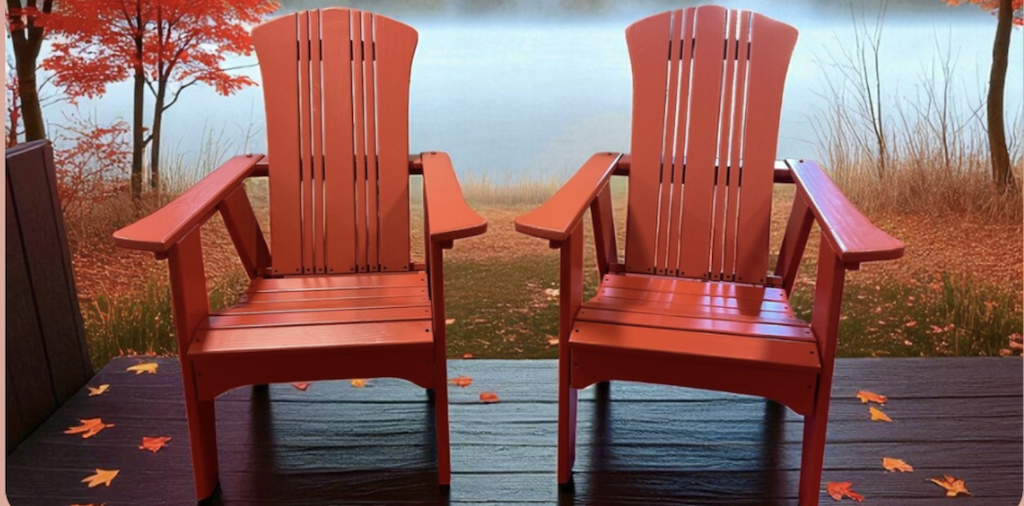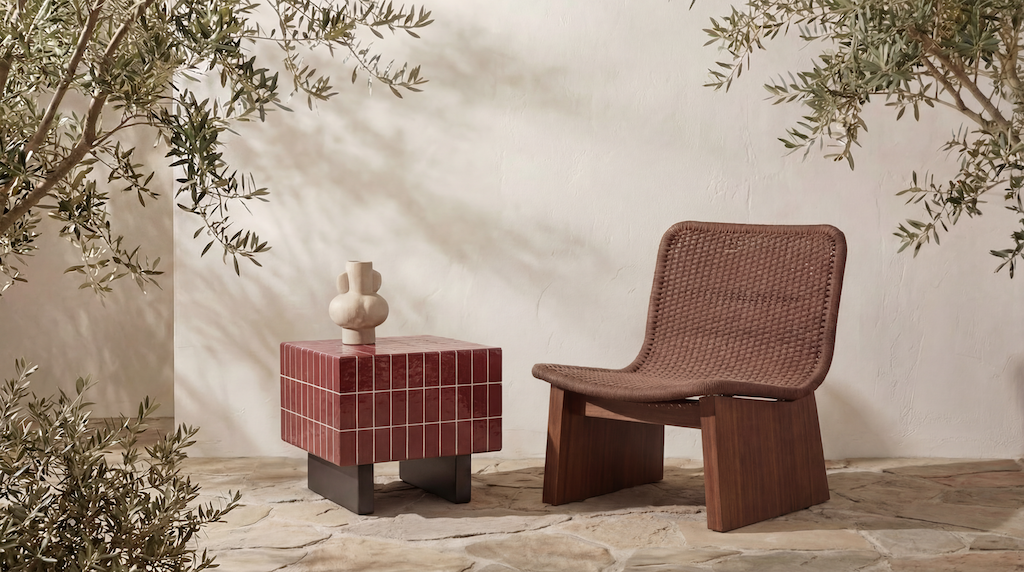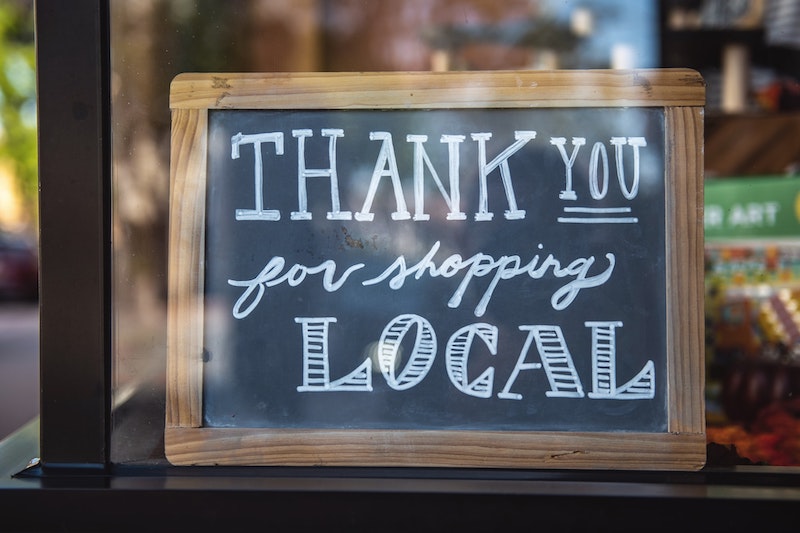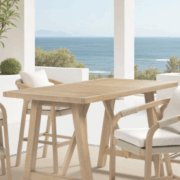Since the onset of the COVID-19 pandemic, the e-commerce channel has experienced a boon, with people preferring to shop from the safety of home rather than risk infection shopping in person.
But with more than half of Americans fully vaccinated and nearly two-thirds having at least one dose, the return to in-store shopping seems to be on the upswing. That’s according to the recent numbers from the National Retail Federation.
The NRF looked at retail traffic during the all-important Thanksgiving shopping weekend and noted an increase in foot traffic with approximately 104.9 million shoppers visiting stores, up from 92.3 million in 2020. And the number of online shoppers decreased to a total of 127.8 million from 145.4 million last year.
While Black Friday was most popular for in-store traffic, with 66.5 million shoppers, Small Business Saturday brought out an impressive 51 million shoppers. According to the NRF’s survey of consumers who shopped during the Thanksgiving weekend, 71 percent indicating they were shopping specifically for Small Business Saturday.
Shoppers spent most of their money—an average of $301.27—on gifts, home decor, apparel, and toys over Thanksgiving weekend. That number was slightly down from last year’s average spend of $311.75.
So what does this mean for home furnishings retailers? While these numbers don’t specifically relate to furniture, they do point to larger trends that could impact retailers of all types.
For starters, while many of us got more accustomed to ordering things online during the pandemic, a great number also welcome the chance to enjoy the in-store shopping experience again. Particularly with items like furniture, the ability to touch fabric, sit on a sofa, or gauge how a piece will look in your home by actually seeing it still hold weight with shoppers.
That said, brick-and-mortar retailers have a great opportunity to wow their customers with experiences and service they can’t get with e-commerce. Those extras—be it free white glove delivery and setup, in-store events, private shopping hours, etc.—will go a long way to reclaiming customers who’ve gotten used to the convenience of online shopping.
Even more important, though, are the numbers related to Small Business Saturday. With the pandemic hitting independent and smaller businesses hard, forcing many to close or scale back significantly, many Americans felt a personal calling to support their communities by spending their money locally.
For independent casual retailers, this trend is huge. And telling that story of your place in the community—causes you support, how you employ local residents, how you contribute to the greater good of your area—will remind customers why they choose to support your business. For many, when deciding whether to order a cheap patio set online or spend a little more with you, knowing their dollars stay within the community can be a tipping point.
As the country recovers from the pandemic, retail trends are likely to continue to fluctuate, particularly with the emergence of new Covid variants and continued supply chain issues. But value shifts such as making the choice to support local businesses over big chains or e-tailers are likely to remain for years to come.








